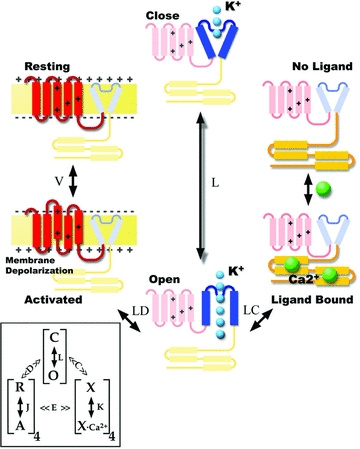Figure 3. Allosteric model for BK activation by voltage and internal Ca2+.

The cartoon is the representation of one α-subunit that can undergo a direct transition from the closed to the open configuration, a transition that is determined by the equilibrium constant L. Depolarization activates voltage sensors and in this case the transition from closed to open is determined by LD where D is an allosteric factor >1. Activation of voltage sensors makes it a factor of D times more easy to open the channel. Ca2+ binding also facilitates the channel opening. In this case the transition from closed to open is determined by LC (C > 1). Notice that if both voltage and Ca2+ sensors are ‘activated’ channel opening is determined by LDC. Inset, the complete allosteric model (Horrigan & Aldrich, 2002) taking into consideration that BK channels are tetramers and including some interaction between voltage sensor activation and Ca2+ binding. In this type of mechanism, neither voltage nor Ca2+ binding is strictly coupled to channel opening; these three processes are independent equilibria that interact allosterically with each other.
